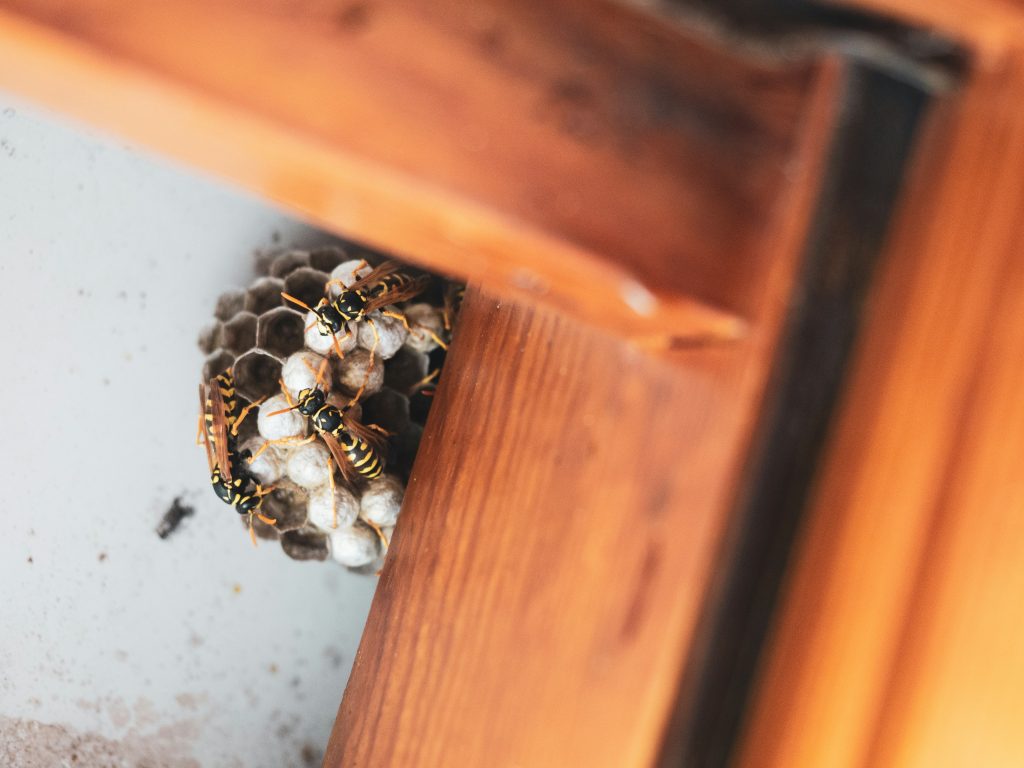
Introduction
Have you ever encountered unwanted little visitors in your home? Pests can be more than just a nuisance; they can affect your health and that of your family. In this article, we’ll teach you how to identify the most common pests and how to handle them safely. Early pest identification is crucial to avoid serious infestations and damage to your home.
1. What Are Pests and Why Are They a Problem?
Pests are organisms that cause harm or discomfort to humans, their properties, crops, or livestock. They may include insects, rodents, birds, and other animals that, when invading a space, create health, economic, or well-being issues.
The impact of pests on health and family well-being is significant. Some pests can transmit diseases, cause allergies, or contaminate food. In addition, infestations can lead to costly property damage, which can affect your finances.
2. Common Household Pests
2.1. Cockroaches
Identification: Cockroaches have a flattened body, long antennae, and strong legs. Their color varies, but they are generally brown or black.
Signs of infestation: Look for droppings, stains, and unpleasant odors. Cockroaches are nocturnal and tend to hide during the day.
2.2. Ants
Identification: The most common ants include carpenter ants, fire ants, and sugar ants. They are known for their social behavior and ability to form colonies.
Signs of infestation: Look for visible trails and nests. Ants often follow established routes toward food sources.
2.3. Mice
Identification: Mice are smaller than rats, with a body length of 7.5 to 10 cm. They have large ears and pointed snouts.
Signs of infestation: Look for droppings, rodent sightings, and damage to food. Mice are curious and can cause significant damage in the home.
2.4. Termites
Identification: Termites can cause damage to wood. Look for tunnels, wings, and droppings.
Signs of infestation: Affected wood may sound hollow when tapped and may show signs of decay.
2.5. Flies
Identification: House flies and fruit flies are common. They breed in organic waste and rotting food.
Signs of infestation: A constant presence of flies and identification of breeding sites are indicators of a problem.
3. How to Identify Pests in Your Home
Constant observation is key to detecting pests. Use tools like traps and pest monitors to help with identification. Keeping a clean and organized home is essential to preventing infestations.
4. Safe Pest Control
It’s important to be cautious with chemicals. Avoid toxic products that may harm your family or pets. Opt for natural methods like essential oils and homemade traps. If the infestation is severe, don’t hesitate to call a professional.
5. Pest Prevention
To prevent pests, seal cracks, keep your home clean, and store food properly. Education about common pests and their habits is essential to keeping your home pest-free.
6. Conclusion
Identifying and safely managing pests is key to protecting your home and health. We invite you to share your experiences and tips on pest control in the comments.

